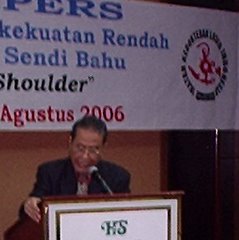What are the types of laser pulse?
Continues wave: continuous power output while the shutter is being opened (pedal) Pulsed wave: interrupted light output (msec)
Superpulsed wave: very short light outswitched put (msec)
Ultrapulsed: very short light output (nsec)
Q-laser: very short exposure time with extremely high energy
How can the laser interact with the tissues?
Absorption of photon by the tissues is basically the main effect resulted by laser. Reflection, refraction, and transmission will have no effect in the absence of photon absorption.
What are the biological effects on the tissues?
Cells’ growth stimulation, increased cell regeneration, increased tissues’ activities, anti-inflammatory effect, reduced swelling/edema, increased microcirculation, less fibrosis, stimulation of nerves’ function, pain attenuation due to increased production of local endorphins, and increased ATP production in mitochondria
What does photothermal effect of laser mean?
Photothermal effect of laser is thermal effect resulted by the photon which directly related to kinetic molecule excitation produced by total movement, rotation, and molecular action of the tissues. Photothermal effect may cause an increase in temperature, coagulation, protein denaturation, hemostasis, carbonization, and tissue evaporation.



No comments:
Post a Comment